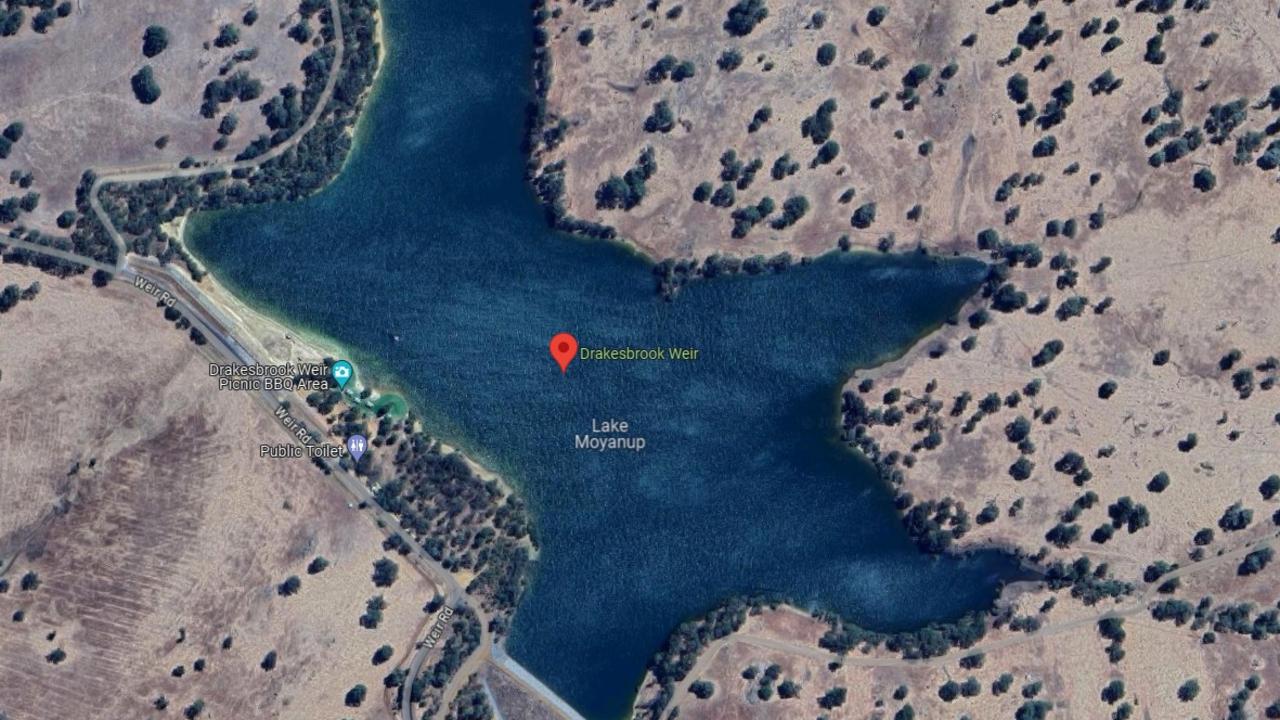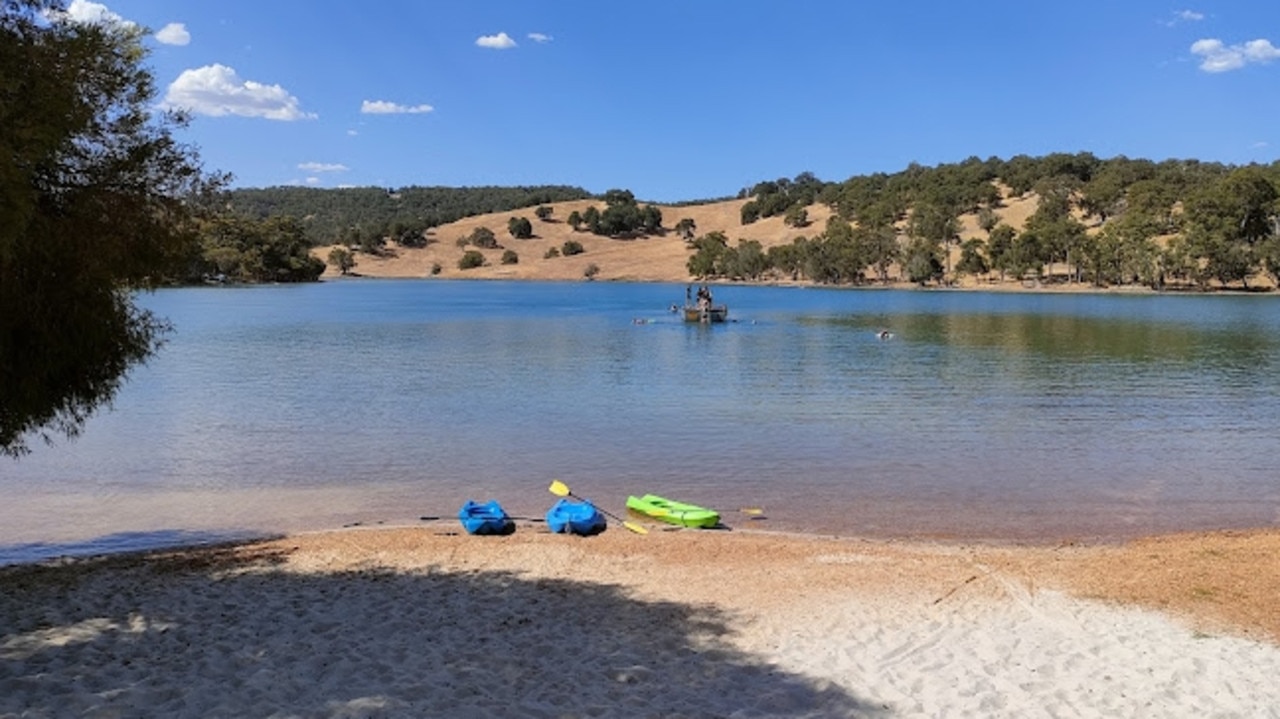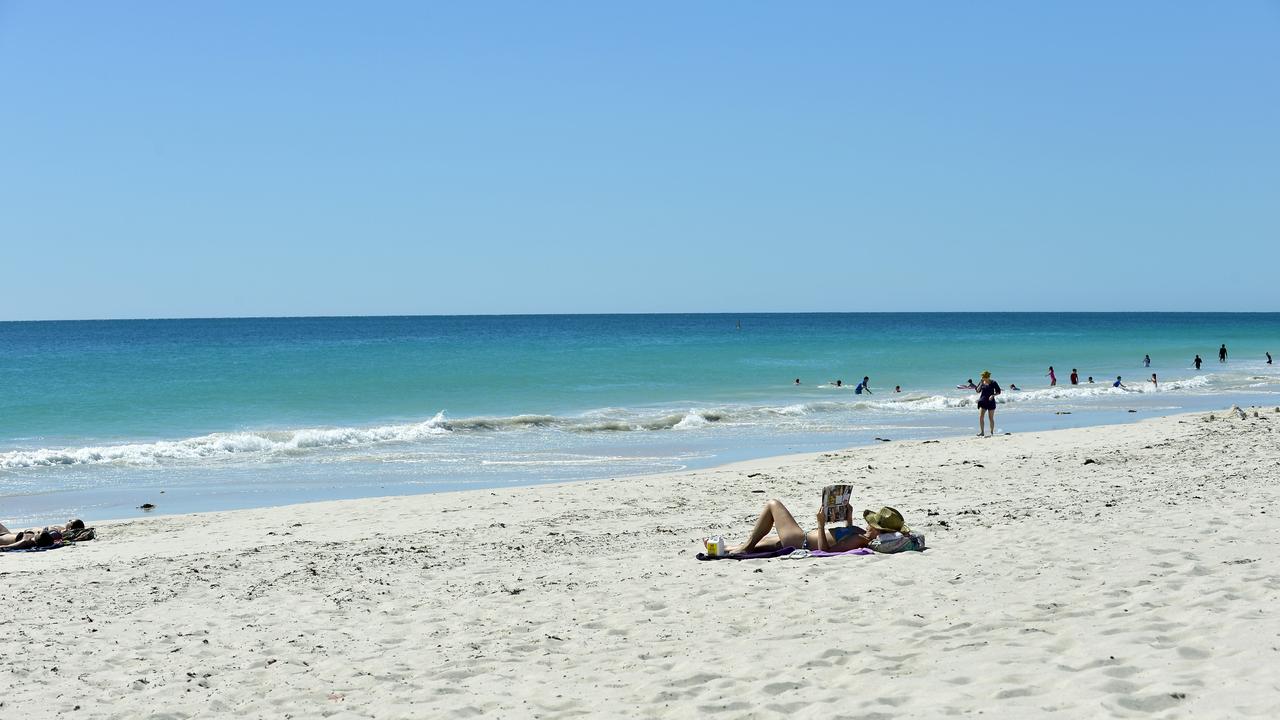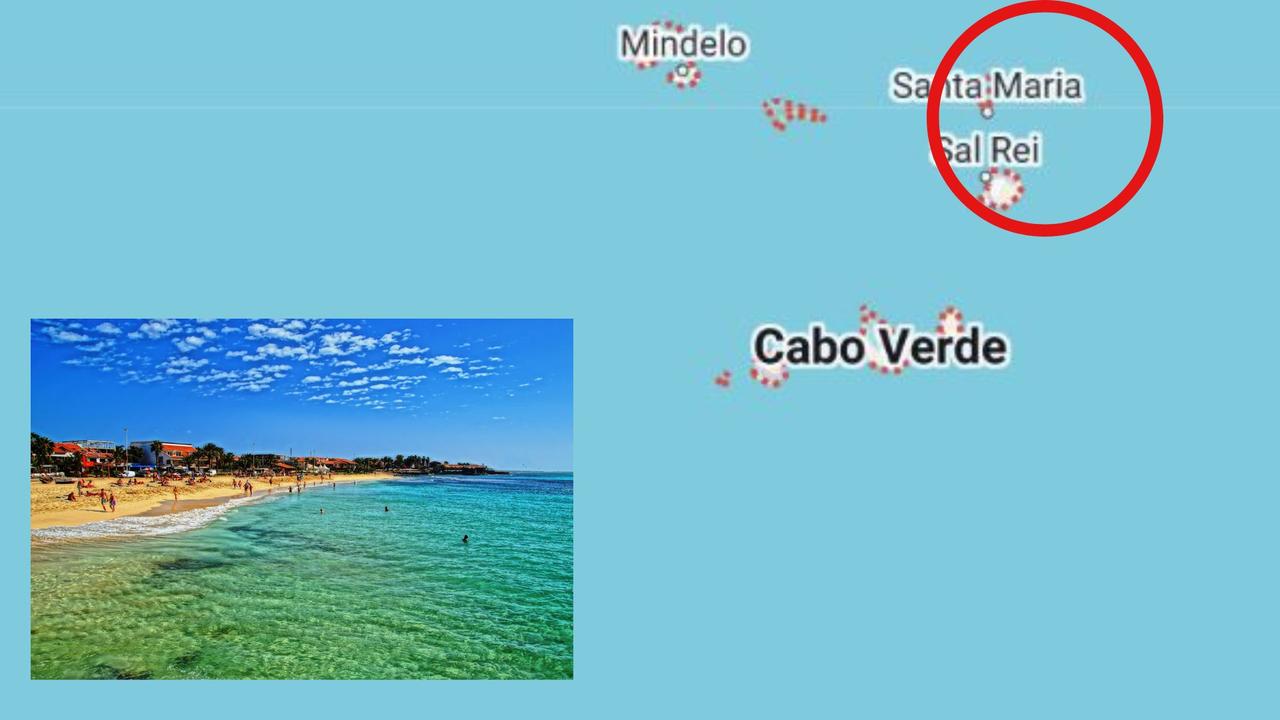‘Amoeba in the water’: Swimming spot tests deadly ‘brain-eating’ bug
A popular swimming hole has been tested for a deadly “brain-eating amoeba” as hot weather creates threats at other spots.
A popular Western Australia swimming hole has been tested for a deadly “brain-eating amoeba” as hot weather breeds threats at other popular swimming spots around the state.
Drakesbrook Weir, 115km south of Perth, has been tested for Naegleria Fowleri, colloquially known as the “brain-eating amoeba” linked to amoebic meningitis, a brain infection that destroys brain tissue.
Amoebic meningitis is almost always fatal.

Well facilitated with a grassy picnic area, a floating swimming platform and a freshwater beach, Drakesbrook Weir is a popular swimming spot for both locals of nearby Waroona and travellers given its proximity to the major state corridor, South Western Highway.
The Shire of Waroona updated residents on the tests this week.

“The recent scorching weather has taken a toll on the water quality at Drakesbrook Weir. Testing has indicated the presence of Naegleria amoeba in the water,” a statement read.
“The Shire is now awaiting results to rule out the presence of Naegleria Fowleri, the organism responsible for amoebic meningoencephalitis, commonly referred to as amoebic meningitis.”
According to the Shire, signs have been installed advising people not to swim until further notice.
“If you’ve recently submerged your head at Drakesbrook Weir and are feeling unwell or concerned, please consult a medical professional,” the shire said.

Following the detection of naegleria fowleri during a water quality test, the Shire of Harvey advised residents to avoid swimming in Brunswick Pool, which is located half an hour south of Waroona.
The heat has also been blamed for the discovery of trichodesmium, an algae identified by a yellow-brown surface scum, which caused a brief closure of Perth’s popular Mullaloo Beach.
It is not considered a critical threat but can irritate human skin.
Swimmers were told to rinse off under fresh water if they come into contact with the algae.
Authorities said the bloom, commonly referred to as sea sawdust, likely formed during an ongoing WA heatwave.






